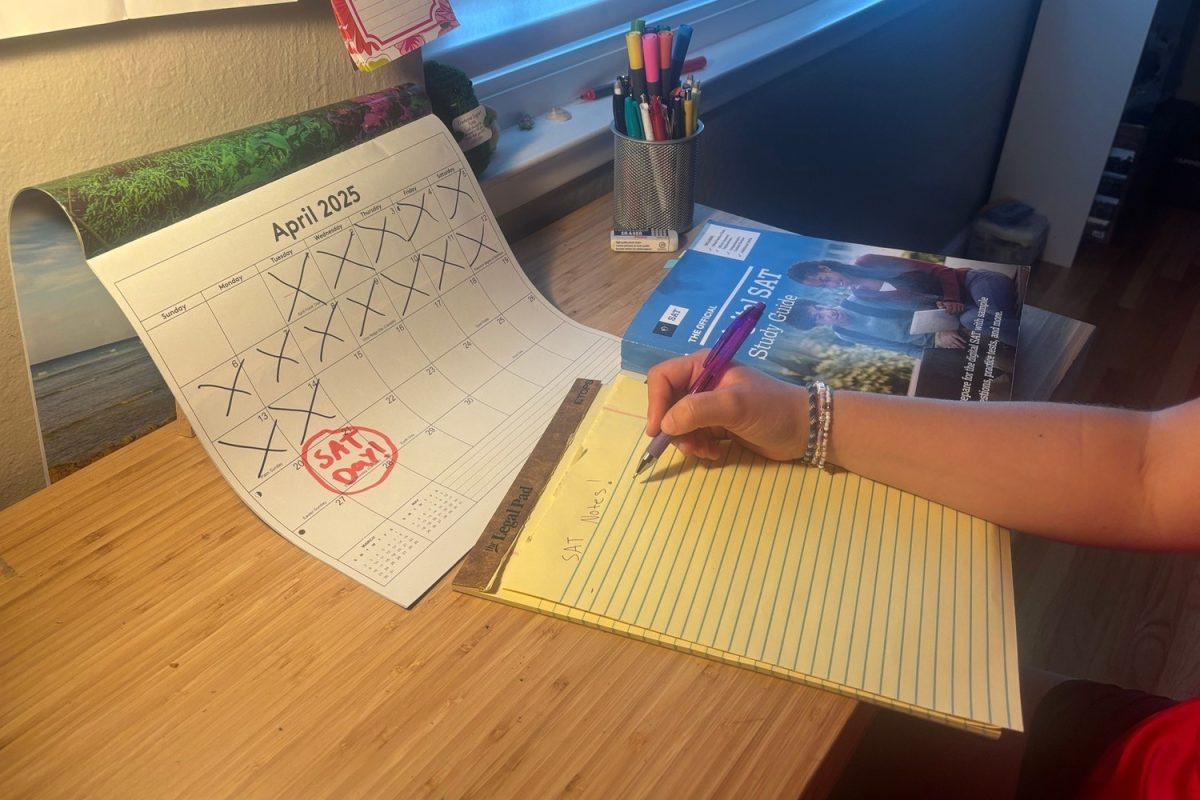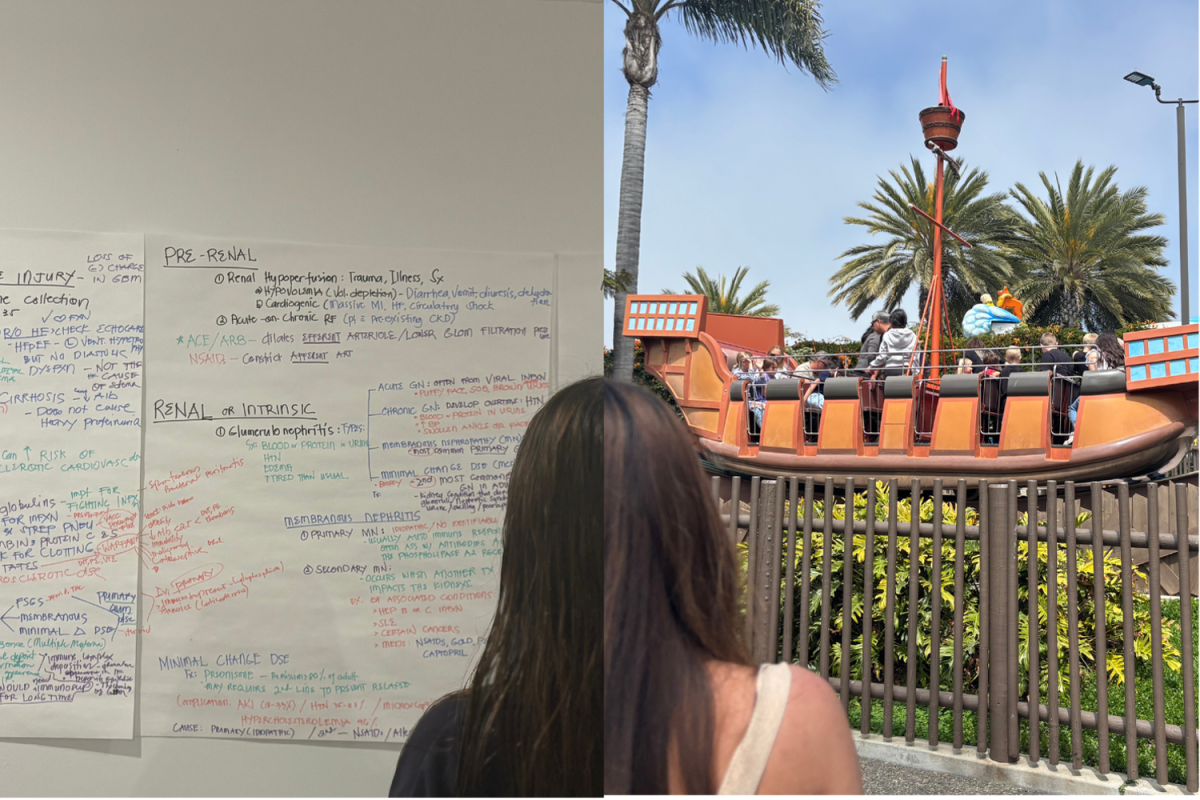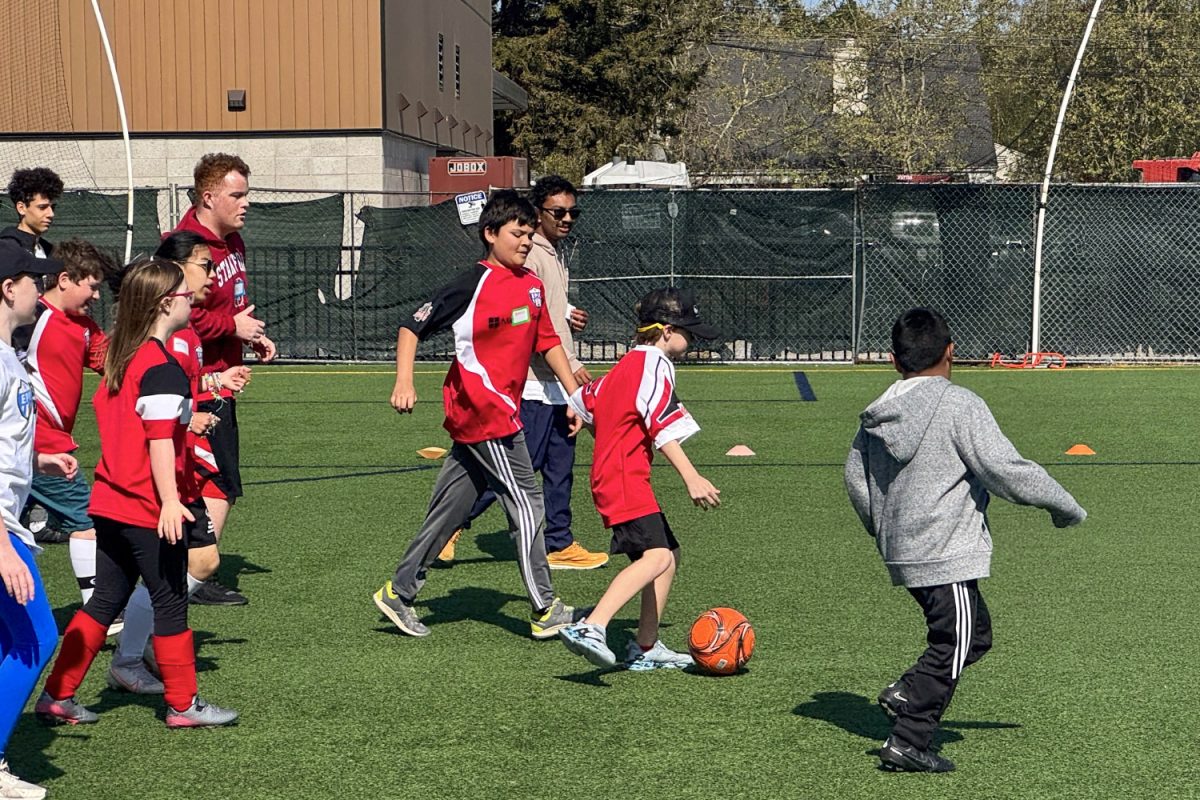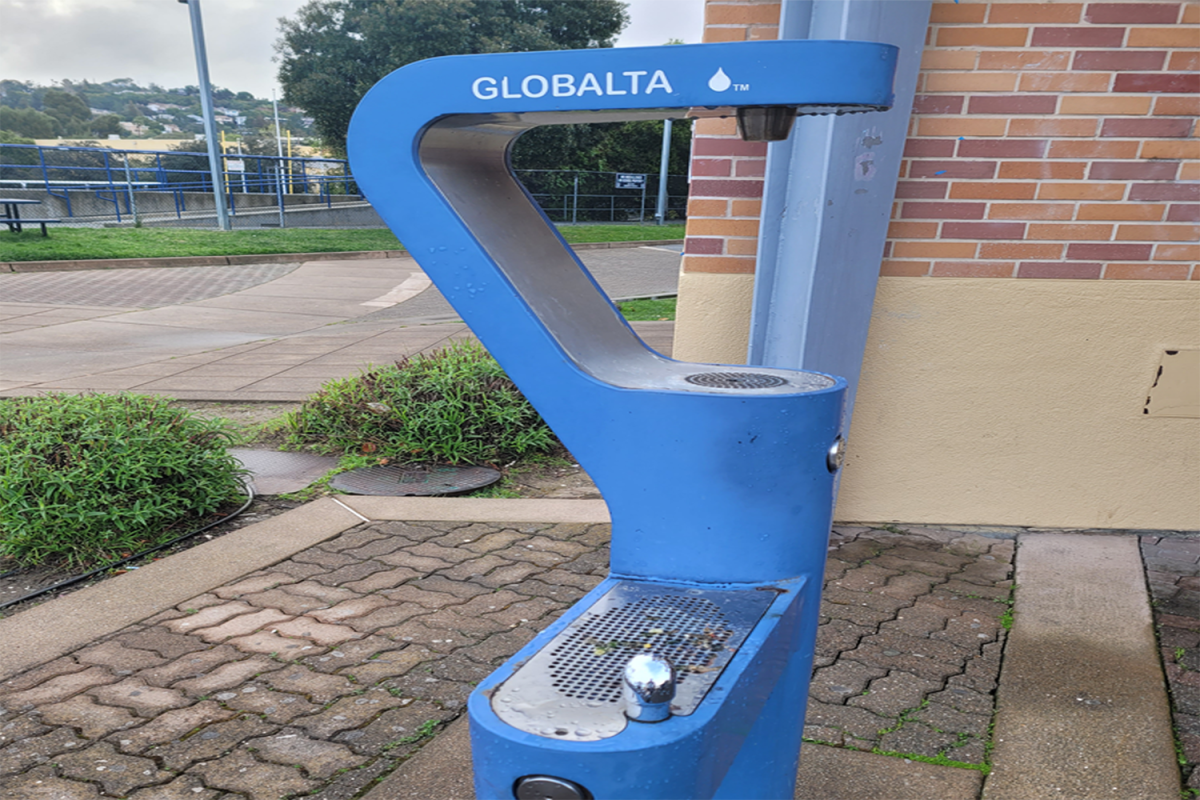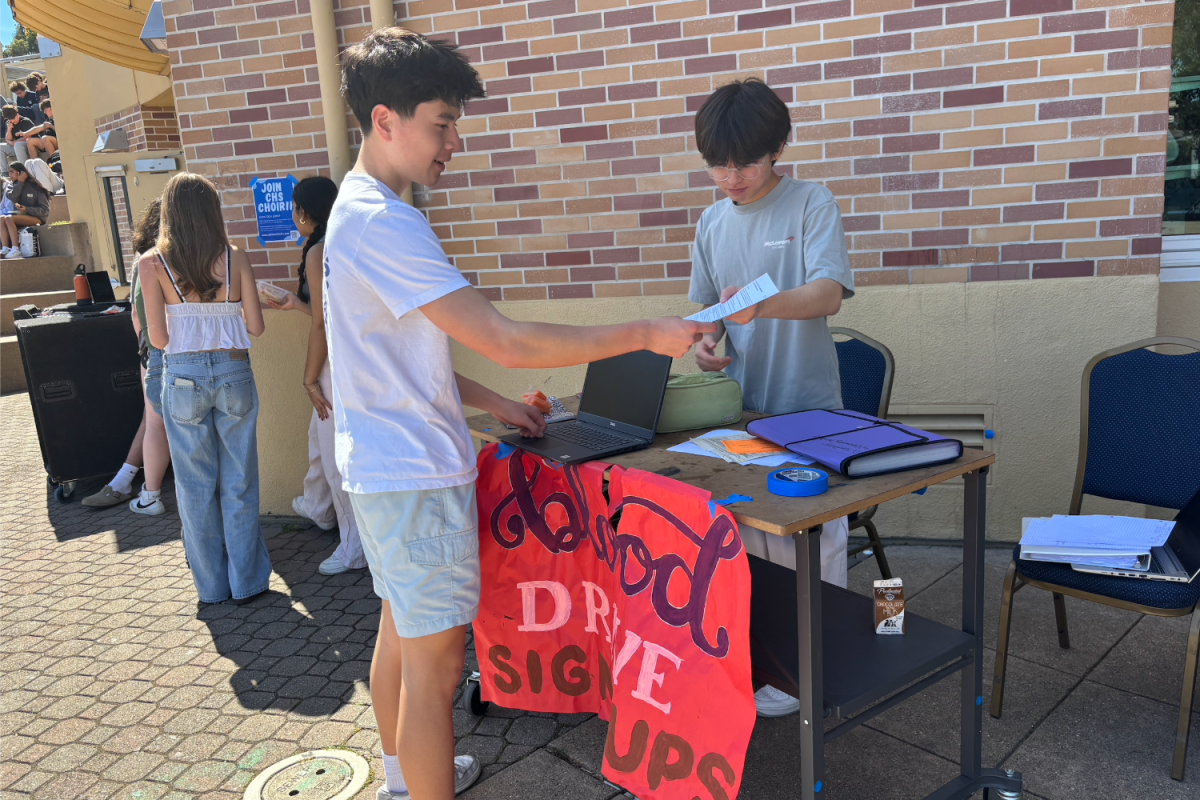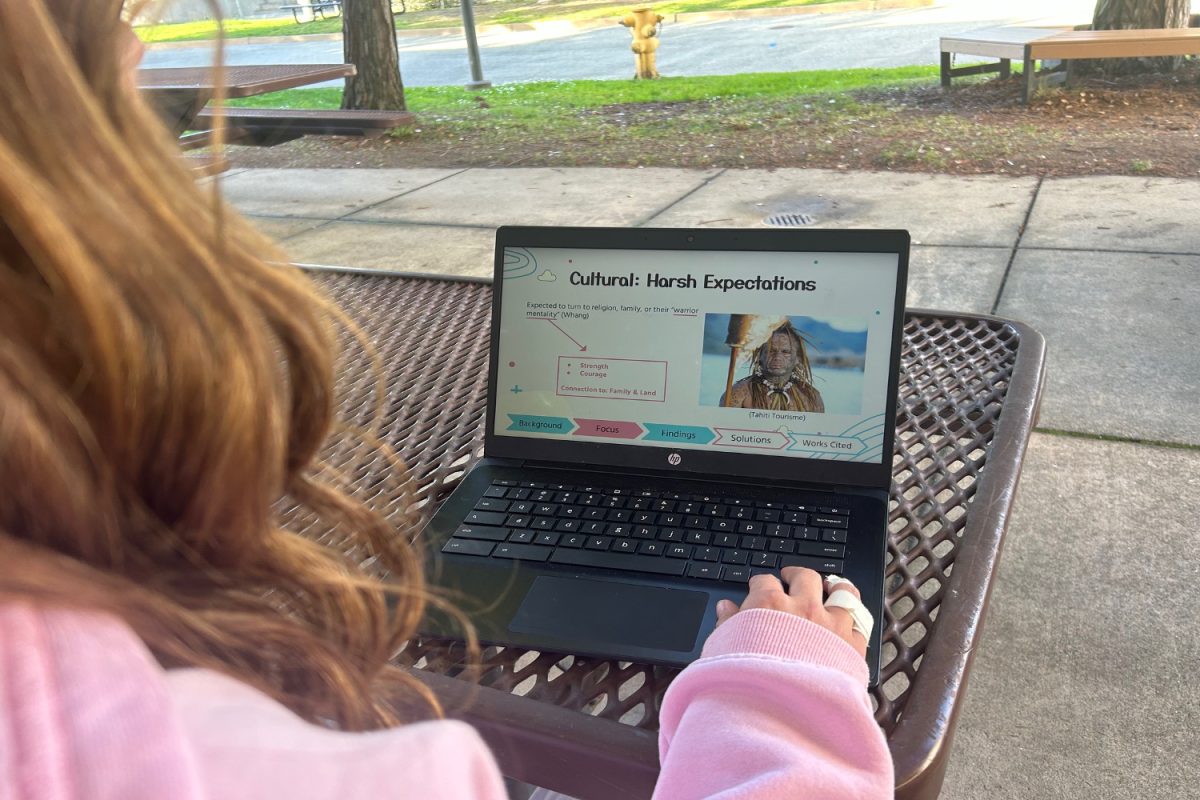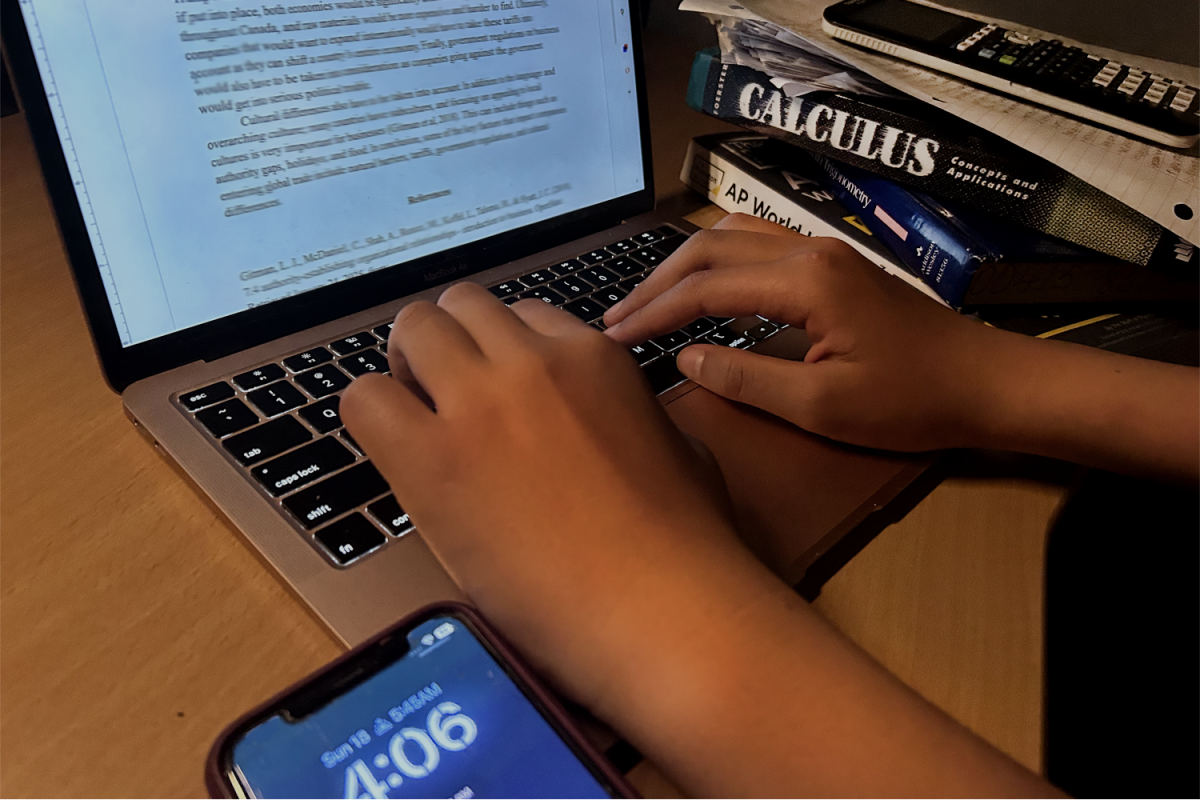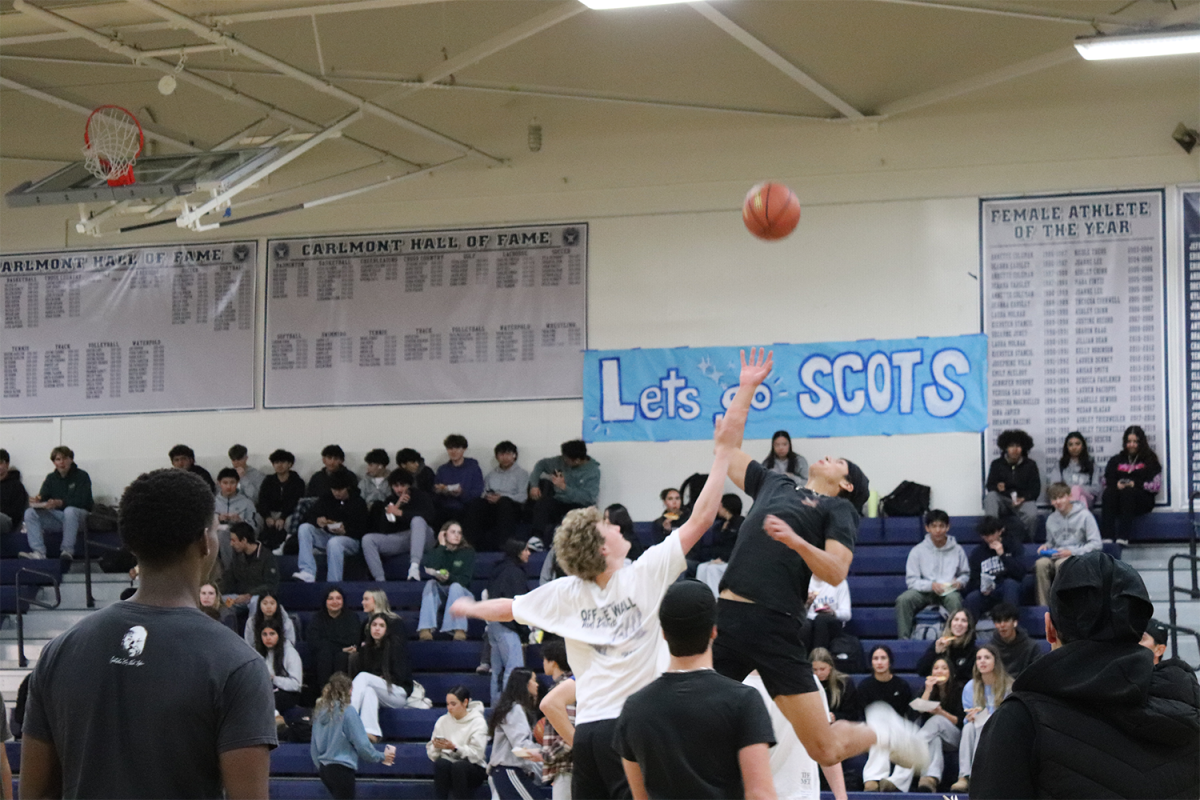A life or death situation can occur at any time.
With this in mind, administrators implemented the cardiopulmonary resuscitation (CPR) training program into the freshman physical education classes.

The class starts off with an instructional video showing how to perform CPR and how to use an automated external defibrillator (AED). Then students are asked to participate in a demonstration in front of the class showing how to do two-inch compressions, mouth-to-mouth resuscitation and how to operate the AED.
Instructor Michael Lamricks said, “The more people we can teach the better off everyone else is going to be because you never know when you are going to come across this type of emergency. With that said, the more people we can get educated the better the world is going to be.”
Lamricks has worked for the Woodside Fire Department for seven years and has taught CPR at schools for 10 years. This is his first time teaching at Carlmont, but he has taught at many other schools in the district in the past.
School is a place where students learn vital information and build their intellect, but it is also a place where they learn skills that will help them outside of the classroom.
Freshmen Dennis Zabluda said, “I learned that when someone needs CPR, you need to push on their chest hard and fast, that is very important. We also learned how to use an AED.”
This is the second year that CPR is being taught through the whole Sequoia Union High School District. All freshmen get this training on a day when they are not doing their swimming unit.
Glenn Nielsen, the HeartSafe Program Coordinator at Sequoia Healthcare District said, “At some time during anyone’s life they are going to come across a situation where they will need to use CPR and it really means the difference between living and dying. The early intervention is what saves lives.”
According to Nielsen, the CPR program is a cooperation between three organizations: the Sequoia Healthcare District, the Sequoia Union High School District, and Sequoia Hospital.
The American Heart Association reported that if called on to administer CPR in an emergency, the life you save is likely to be someone at home: a child, a spouse, a parent or a friend. After this training, Carlmont student will have basic training that may save a life one day.
“I think I have a much better chance at saving a persons life after the CPR training. I thought the information was displayed in an educational yet fun manner,” said freshman Hayden Clark.

